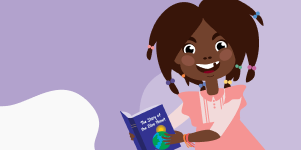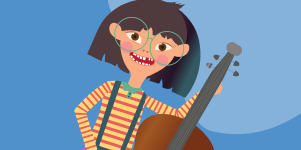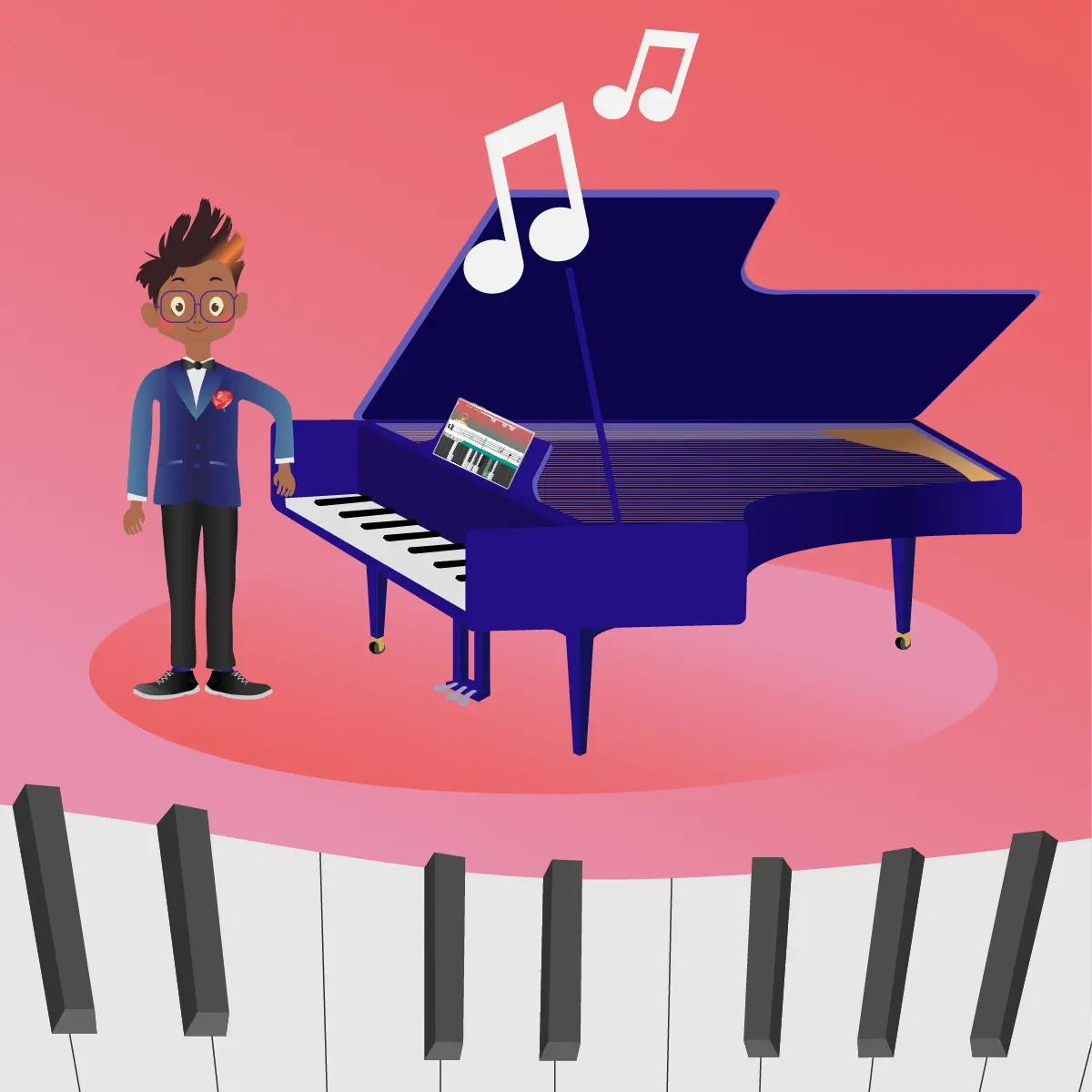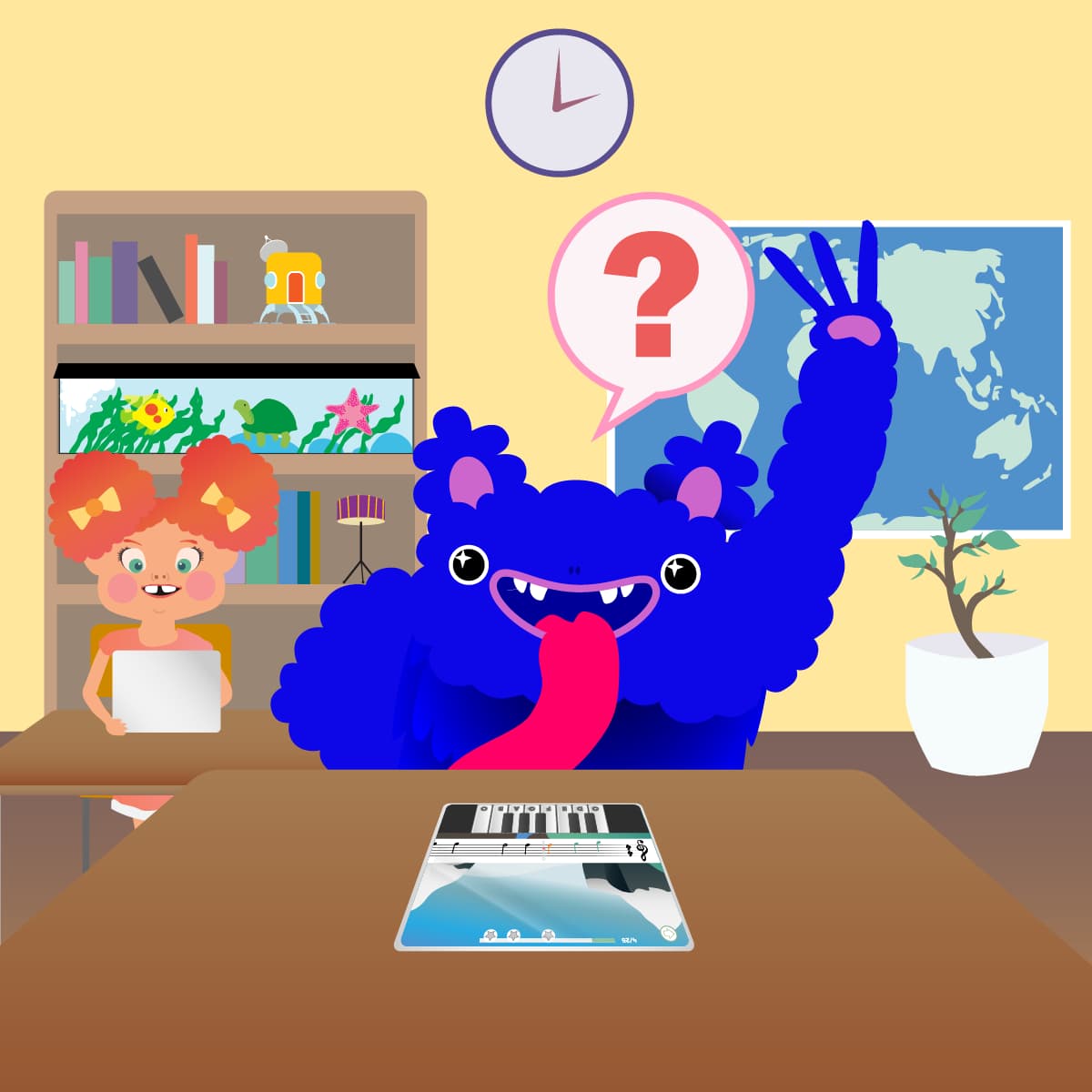Did you know that a piano has 88 keys (52 white and 36 black) that make musical notes across two clefs (treble and bass) on two different staves with a range of 7 octaves? Pretty cool, huh? After the initial awe of these numbers wears off, some music students, especially those who are new to theory, wonder: “How can I possibly remember all of those notes?” The answer is easy: with lots of learning through play. And Mussila, the award-winning piano learning app for kids, is your indispensable companion to help learn along the way.
Mussila Makes Learning Musical Theory Easy
Music theory makes the best sense through practice. And with Mussila, practice isn’t always what it seems. It’s fun! Mussila’s learn through play methodology gamifies musical theory complexities. In doing so, Mussila helps children learn and memorize concepts, notes, and songs at their own pace.
Where Mussila excels with its curriculum is by incorporating familiar songs like Happy Birthday, Ode to Joy, and Twinkle, Twinkle into its challenges. Learning isn’t just “practice” when children see that what they’re playing fits into the larger musical world — especially when they’re having fun.
In Mussila, we designed our keyboard for the little hands of our players. Because of this, the first levels in the learning process cover only one octave as your child learns to play music. Furthermore, one octave is the ideal starting place to learn and memorize notes.
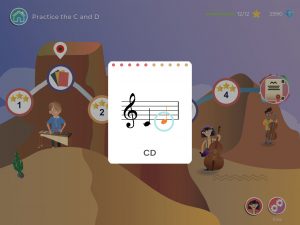
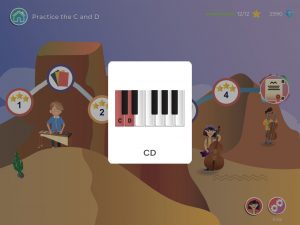
Memorize Notes On The Learn, Play, and Practice Paths
On each of Mussila’s activity arcs, children have plenty of challenges and puzzles to help them identify and memorize notes. And on all of these challenges, the Middle C is the foundation for learning. As children progress through the Learn Path, they ascend the musical scale note by note.
On every learning path in Mussila, children develop muscle memory for their ears and hands. When children explore the Play Path, they practice and play along with familiar songs. Also, all of Mussila’s challenges incorporate sight-reading. So when a child plays along to Mary Had a Little Lamb or another familiar song, the notes, tones, and rhythms make more sense as a cohesive whole. See how additional notes are added as the exercises progress?
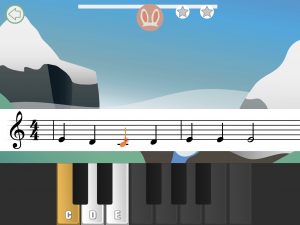
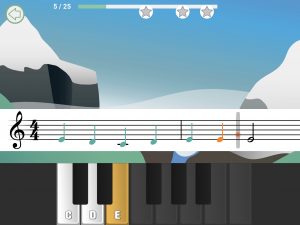
The Practice Path is the place to explore new note reading challenges. So, if your child or student is interested in a particular subject, direct them to the Practice Path’s Theory, Songs, or Piano arcs.
Plug In And Play Mussila For Muscle Memory And Memorization
The more a child “plays” on any of the musical paths, the faster their muscle memory develops. Did you know that most Mussila users play along with their keyboard or electric piano plugged into the app? With our newest feature, tone recognition, you don´t even need a cable. Just play your instrument of choice in your practice room, and the app will recognize the notes and guide you on the way.
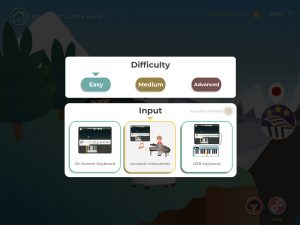
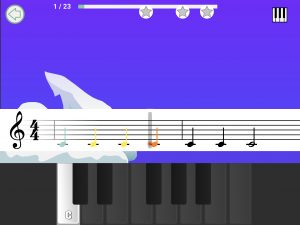
Mussila Keyboard connection instructions
Doing this helps familiarize the weight of piano keys, sustain, and the rhythm of notes with children’s hands. Did you know the app even incorporates sustain when “playing” on a tablet or phone? If you’ve never plugged in before and gone “electric,” learn how.
Finally, don’t let musical theory and its associated topics like reading sheet music deter your child! Just remember that Mussila is the go-to piano learning app for children around the world. No challenge is insurmountable, especially when your child is learning and having fun. You can download Mussila from the App Store or Google Play for your phone or tablet.



